$70$90/
Per Person
Dadan was the capital of the ancient Dadanite and Lihyanite Kingdoms, thriving between the 9th and 2nd centuries BCE. Strategically located along the incense trade route, Dadan emerged as a powerful cultural and economic center in northwest Arabia.
Archaeologists have uncovered monumental tombs carved into red sandstone cliffs, showcasing the advanced stone-carving skills of the time. The Lion Tombs, with guardian lion sculptures, are among the most iconic. These tombs belonged to elite individuals and reflect the importance of social hierarchy and religious beliefs in ancient Dadanite society.
The Lihyanite Kingdom, which followed the Dadanite, expanded its influence over large parts of northwestern Arabia. Inscriptions and artifacts from this period reveal an organized society with political, economic, and religious structures.
Just a short distance from Dadan lies Jabal Ikmah, often referred to as “the open-air library of Arabia.” This towering mountain is home to hundreds of inscriptions, petroglyphs, and carvings, left by the Dadanites, Lihyanites, and other ancient civilizations.
The inscriptions, written in Dadanitic, Lihyanitic, Thamudic, and Nabataean scripts, offer valuable insights into language, law, religion, and daily life over thousands of years. Jabal Ikmah is considered one of the richest epigraphic sites in the Arabian Peninsula.
Tourism Experience
Together, Dadan and Jabal Ikmah offer one of the most immersive cultural journeys in Saudi Arabia. Visitors can explore:
- The ancient tombs of Dadan, including the famous Lion Tombs
- Guided storytelling tours by local experts and archaeologists
- Modern visitor centers with interactive exhibits and 3D reconstructions
- Jabal Ikmah inscriptions, accessible via guided trails or electric vehicles
- Scenic walks and sunset views over the red-rock landscapes
- Cultural performances, traditional music, and archaeological workshops
With well-preserved heritage, state-of-the-art interpretation, and a commitment to authenticity, Dadan and Jabal Ikmah provide a deep and unforgettable window into the ancient civilizations that shaped AlUla.
Book Your Tour
Reserve your ideal trip early for a hassle-free trip; secure comfort and convenience!



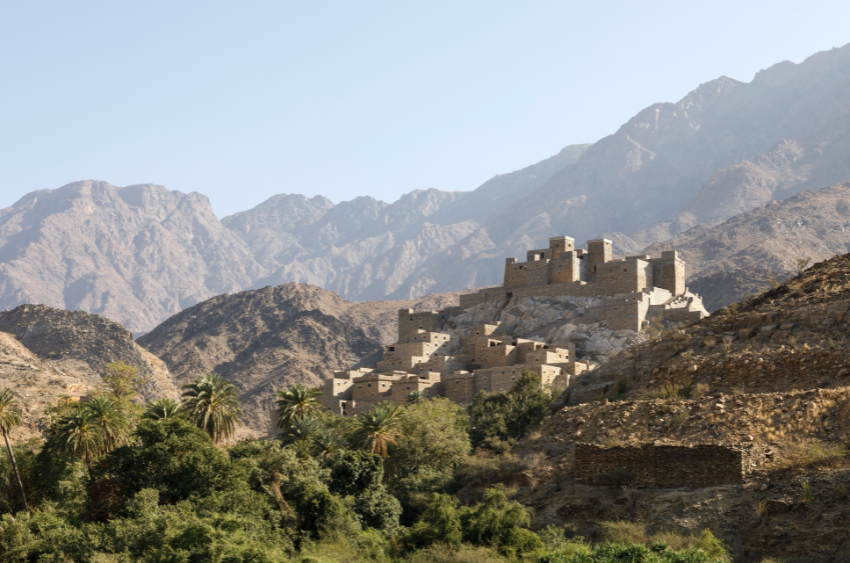
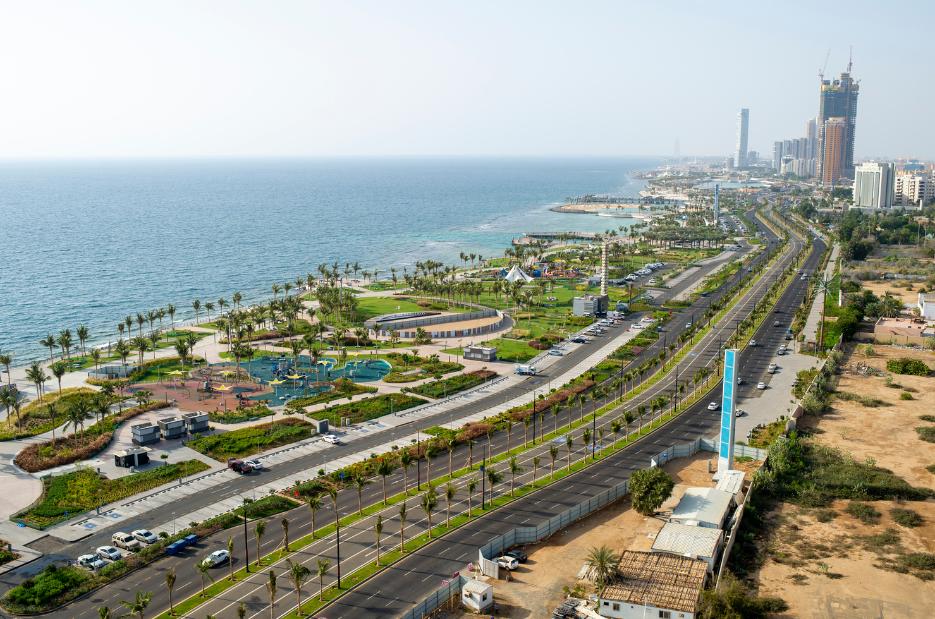

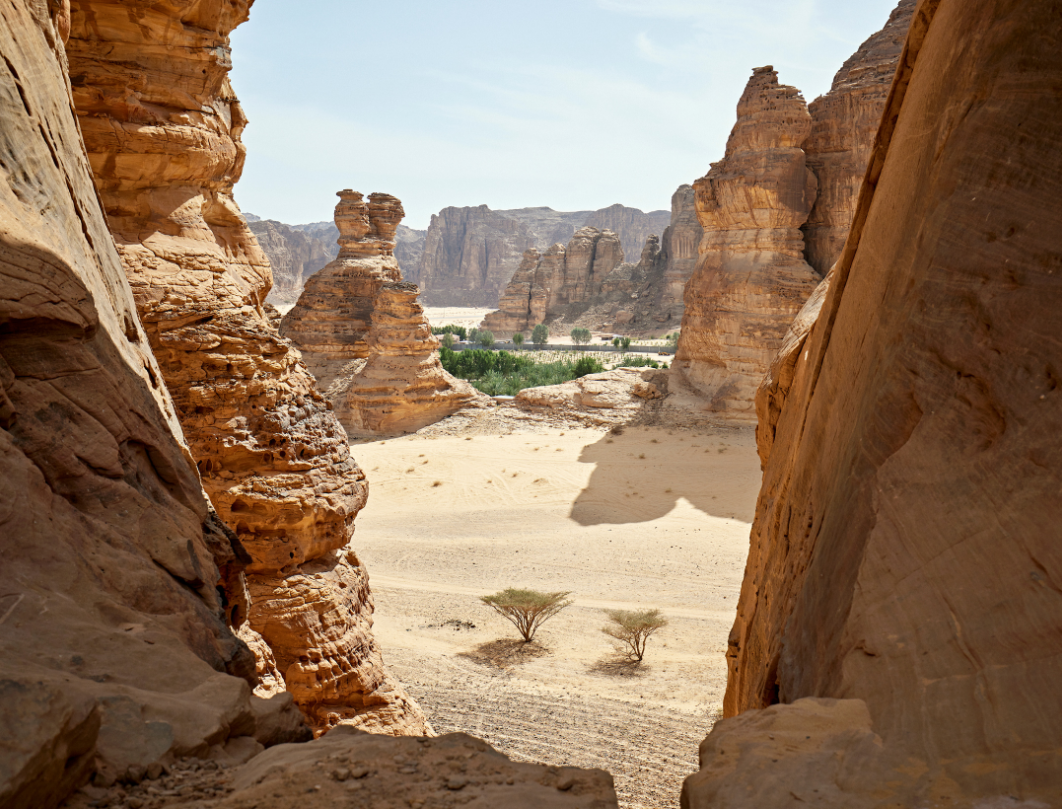
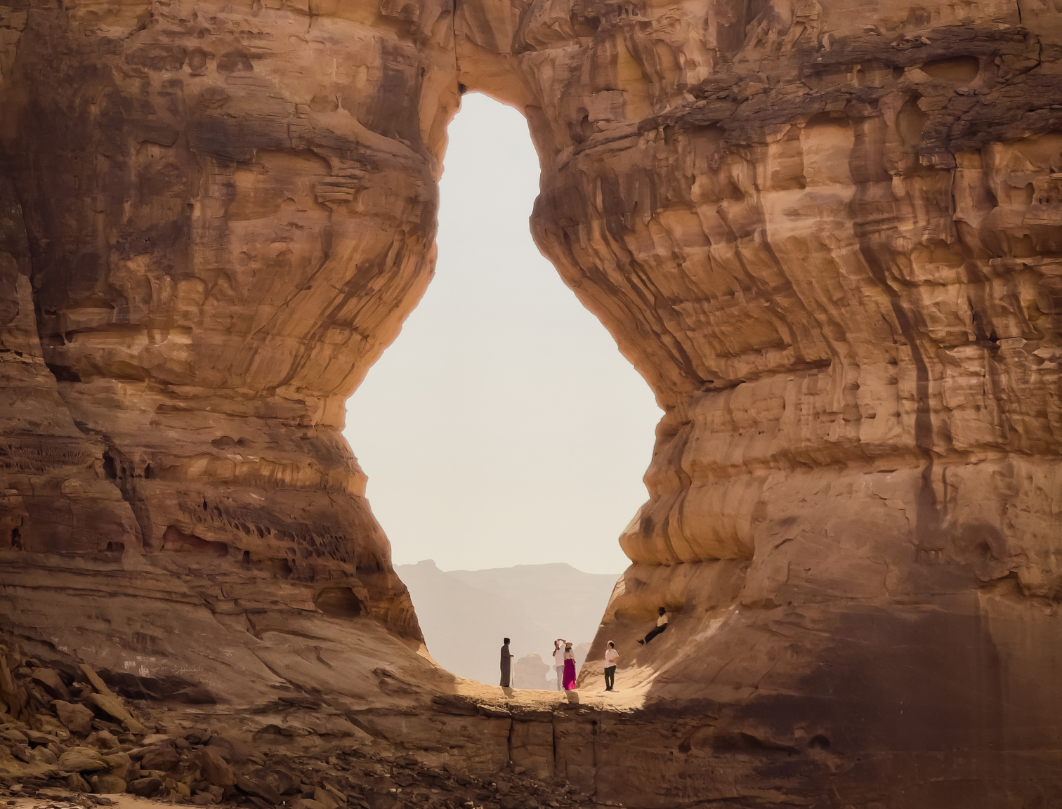


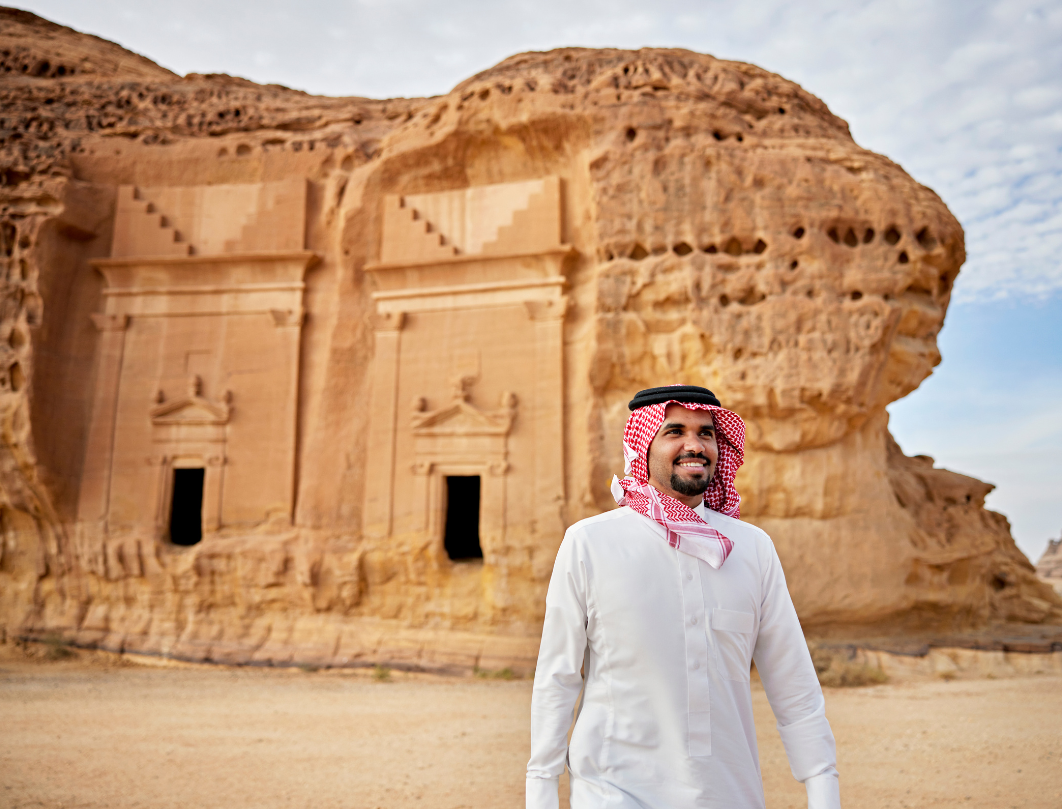




Leave a comment: